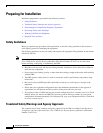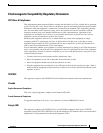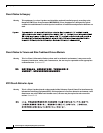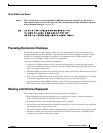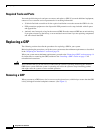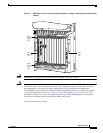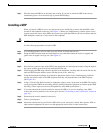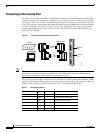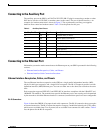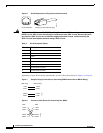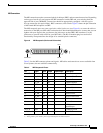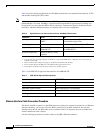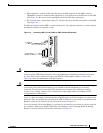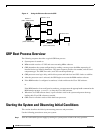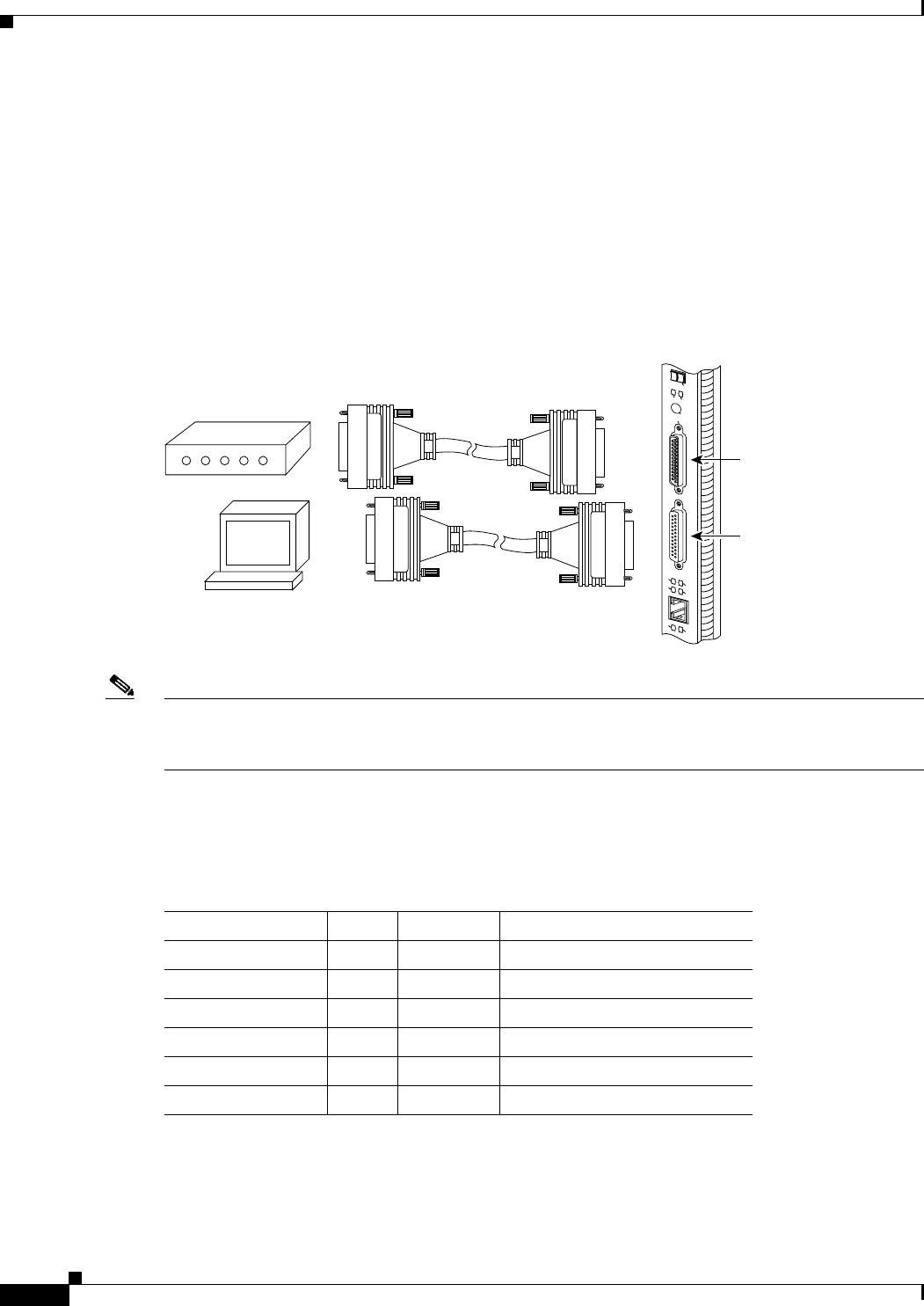
18
Connecting to the Console Port
78-4339-09
Replacing a GRP
Connecting to the Console Port
The system console port on the GRP is a DCE DB-25 receptacle for connecting a data terminal, which
you must configure. The console port is labeled Console, as shown in Figure 5. Before connecting the
console port, check your terminal’s documentation to determine the baud rate of the terminal you plan
to use. The baud rate of the terminal must match the default baud rate (9600 baud). Set up the terminal
as follows: 9600 baud, 8 data bits, no parity, and 2 stop bits (9600, 8N2). The console port requires a
straight-through EIA/TIA-232 cable. Use the console cable provided to connect the terminal to the
console port on the GRP.
Figure 5 Console and Auxiliary Port Connections
Note The console and auxiliary ports are both asynchronous serial ports; any devices connected to these
ports must be capable of asynchronous transmission. (Asynchronous is the most common type of
serial device; for example, most modems are asynchronous devices.)
The console port on the GRP is an EIA/TIA-232, DCE DB-25 receptacle. Both Data Set Ready (DSR)
and Data Carrier Detect (DCD) signals are active when the system is running. The console port does not
support modem control or hardware flow control. Table 2 lists the pinout for this port.
S
L
O
T
-0
S
L
O
T
-1
C
O
LL
L
IN
K
T
X
R
X
R
J
-4
5
M
II
R
E
S
E
T
AUX
E
JE
C
T
H10735
Modem
Console terminal
Auxiliary
port
DB-25 female
DB-25 male
Console
port
GRP
Table 2 Console Port Pinout
Console Port Pin Signal Direction Description
1 GND — Signal Ground
2 TxD <— Transmit Data (from DTE)
3 RxD —> Receive Data (to DTE)
6 DSR —> Data Set Ready (always on)
7 GND — Signal Ground
8 DCD —> Data Carrier Detect (always on)



